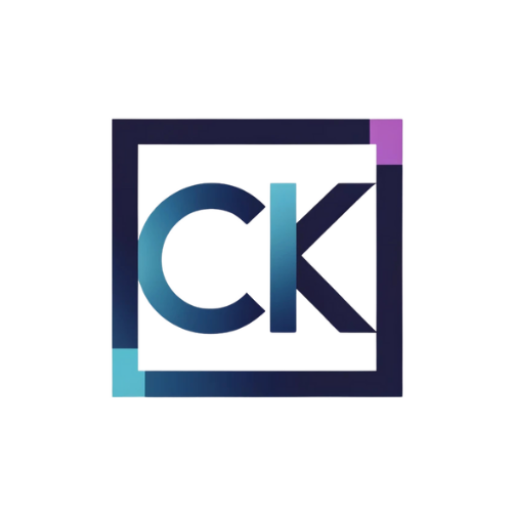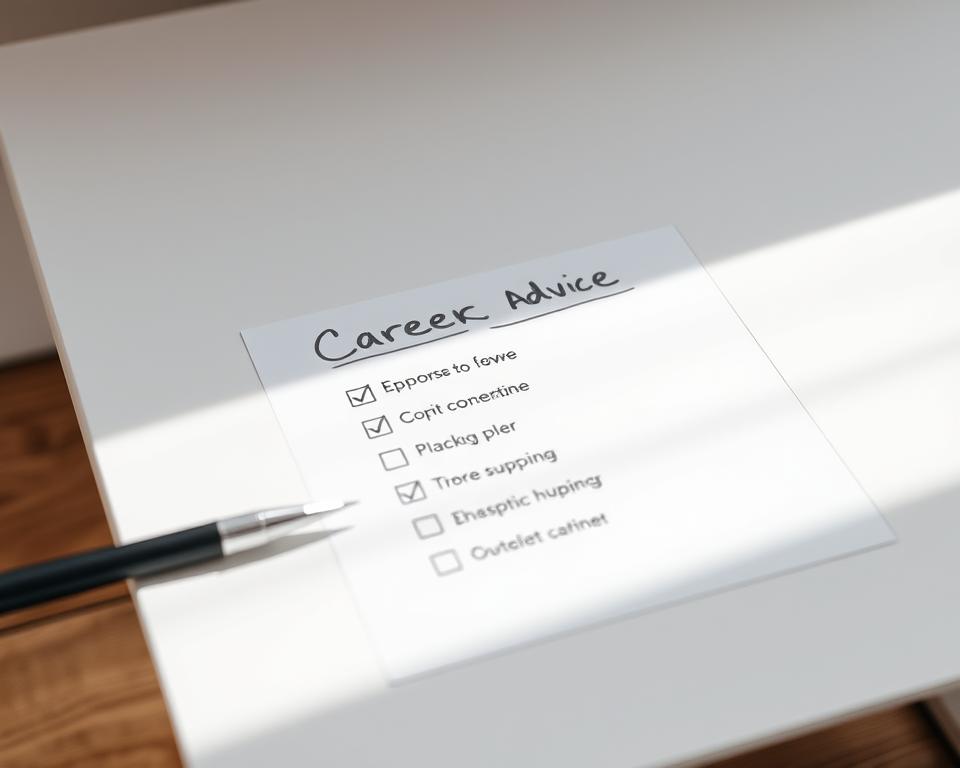Anúncios
Have you ever wondered how someone flips a job change into a thriving new life?
You’ll read short accounts of real people who changed paths. Martha Stewart left finance and built a lifestyle brand. Vera Wang began design at 40. Walt Disney rose after an early failed studio. Colonel Harland Sanders franchised KFC in his 60s.
Other examples include Tina Malhotra, Claire Autran, Melissa Presti, Lauren Toth, Janie Deegan, Rachel, and Samantha. Each moved from one field to another with steady steps, not magic.
What you’ll get: clear lessons about money, time, and energy during change. Practical actions to start this week. Ways to build proof and momentum. Tips on networking, mentors, and online platforms.
Read with a critical eye. Adapt these ideas to your context and life stage. Consider professional guidance to speed your progress and manage risk.
Anúncios
Introduction: Why career success stories matter in a changing world of work
Career pivots offer real patterns you can adapt to your own life. The pandemic years and fast market shifts pushed many people to rethink work and explore reskilling, side income, and entrepreneurship.
You see yourself in other people’s paths. When Tina Malhotra left PR, invested in cosmetology school, and opened a studio, that path showed a practical trade-off: time and money for ownership. When Samantha moved from public-school PE to tech sales enablement, she traded a classroom schedule for remote work and a higher salary.
Use these examples as data, not blueprints. They reveal patterns: small tests, short courses, targeted networking, and steady feedback. Those steps cut risk and help you plan runway, obligations, and energy.
- What you’ll learn: how transferable skills map to new roles and how to present them so a hiring manager sees fit fast.
- Which tactics worked: licensing, side income, short training, and focused LinkedIn outreach.
- A short checklist and a 90-day outline you can adapt to your industry and goals.
Career success stories
These short profiles show how real people reshaped their work and built new lives. Each example highlights a practical move you can model: training, small bets, and steady networking.
Martha Stewart
Martha used finance skills as a foundation, then launched a catering business in 1976 that grew into books, TV, and branded products.
Vera Wang
Wang pivoted at 40, combining sports discipline and editing experience into a focused bridal fashion offer.
Walt Disney
After an early studio failed, Disney moved markets, partnered with Roy, and rebuilt toward a lasting entertainment company.
Colonel Harland Sanders
Sanders franchised his recipe in his 60s, proving that persistence and pitching can scale an idea late in life.
Modern examples
Janie Deegan turned building-bakes into three NYC shops after a viral media moment. Tina Malhotra paid $18,000 for cosmetology school, started as an assistant at $70/day, then opened her own studio. Claire Autran earned licenses with firm backing and managed ~150 households by year three.
- Practical takeaway: map existing skills to new roles, test with small gigs, and build social proof.
What these stories prove about timing, age, and the long arc of careers
These examples show how timing and accumulated judgment shape long professional arcs. You see a pattern: years of work give you clearer choices and better offers when you pivot.
Late bloomers win by compounding life experience
Vera Wang started designing at 40 and leveraged prior roles to move faster. Colonel Sanders franchised KFC in his 60s and used decades of know-how to scale.
Practical edge: your years can shorten ramp-up time when you focus on one lane and add updated skills.
Early setbacks often become strategic assets
Walt Disney’s failed first studio taught him what not to do and honed his strategy for the Hollywood venture that came later.
Failure becomes data: early missteps sharpen judgment and reduce wasted effort on future moves.
- You can make a strong career move later when experience compounds into better judgment.
- Track market demand and build materials before you announce a change.
- Test small, measure response, then scale what works—process beats perfect timing.
For deeper context on timing and transition programs, see this analysis of midlife transitions. Pace decisions, plan milestones across months and years, and let momentum grow from steady effort.
Transferable strengths: turning past roles into your next opportunity
Your past skills are the fastest route into a new industry. You don’t need to reinvent yourself — you need to translate what you already do into clear outcomes for a new role.
Communication, client service, and dependable process work across fields. Tina Malhotra used PR and pitching to market a salon. Claire Autran took client-facing presence into financial advising. Lauren Toth moved pharma communication skills into training and product operations.
Communication, client service, and process skills travel well
- Map your communication and client service strengths to sales, advising, or studio ownership, as Tina did.
- Package small projects into case studies that show metrics and your impact on a team.
- List tools and workflows you mastered to lower a hiring manager’s friction.
Creative discipline and performance under pressure
Translate stage presence into client education or high-stakes pitches. Use brief examples that show calm under tight deadlines.
Operations, training, and people leadership in new contexts
If you trained peers, describe the curriculum and feedback loop. A one-page skills-to-role matrix (projects on the left, industry needs on the right) makes fit obvious.
Practical tip: show one short project that ties your strengths to the target role — outcome, metric, and your contribution.
Money, hours, and risk: realistic ways people financed their transitions
Practical money and hours choices made these transitions possible for real people. You can plan a move without burning through savings if you model runway, hourly load, and expected pay changes.

Side income, freelancing, and interim roles to bridge the gap
Use bridge income like freelancing, consulting, or part-time shifts to extend runway. Tina Malhotra took assistant shifts at $70/day while doing PR consulting to pay school costs.
Samantha accepted a bridge sales job that matched relevant skills and led to a $93,000 role in enablement.
Licensing, certifications, and paid training paths
Price out credential routes before you enroll. Some firms sponsor exams and training; Claire Autran’s firm covered licensing and she reached near $150,000 by year three.
Managing healthcare, savings, and runway in the U.S.
Compare employer plans to the ACA marketplace if you go independent. Lauren Toth used the ACA marketplace and freelanced while she interned unpaid.
Set two buffers: one for fixed living costs and one for business expenses so a slow month won’t derail you.
Why pay can dip, then grow — and how to plan for it
Expect an initial dip in pay while you gain traction. Model when you will breakeven and target salary by month and by year.
- Track hours and shift away from low-value tasks as pipeline grows.
- Price licensing routes and ask employers about sponsorship.
- Define must-haves (insurance, minimum income) and trade-offs you accept short term.
Quick rule: plan runway equal to 6–12 months of fixed costs plus three months of business buffer when you leave a steady job.
From idea to action: small steps that built momentum
Begin with tiny, trackable moves that make an idea real and testable. Turn one clear offer into a short pilot so you learn fast without risking your main job.
Test the market with low-risk pilots and portfolio projects
Start with a single, low-cost pilot—custom orders, a weekend pop-up, or a mini consulting sprint. Janie Deegan sold custom orders before opening shops; that simple proof lowered risk and taught demand quickly.
Volunteer, assist, or intern strategically to learn fast
One day a week in the exact role you want can validate fit and build skills. Tina Malhotra assisted at a top salon before opening her studio. Lauren Toth began as an unpaid intern to learn quickly and meet mentors.
Build social proof: early clients, case studies, and word of mouth
Capture each win: a short case study showing problem, process, and result boosts your confidence and closes clients. Claire Autran grew by word of mouth to about 150 households in year three.
Use one strong moment—an interview, live demo, or media feature—to drive demand. Be ready to serve and to collect testimonials when it arrives.
- Track every step and what you learned so the experiment becomes a repeatable process.
- Block calendar time for prospecting, delivery, and learning so progress compounds with less stress.
- Ask for a short quote from early clients; that social proof converts faster than promises alone.
Networking that works: turning community into opportunity
Good networking turns acquaintances into concrete opportunities you can act on. Build a few, strong relationships that move beyond surface-level connection.
Warm referrals that move your résumé to the top
Ask for a short, specific referral from people who’ve seen your work. Samantha used referrals after teaching and landed faster interviews.
Make the ask easy: one sentence describing what you want and one line the ref can copy into an email.
Mentors and managers who sponsor your next role
Find a mentor or a manager who will vouch for you and make targeted introductions. Claire Autran grew after a managing director sponsored her development.
Sponsor relationships mean active support—advocacy, intros, and coaching you can show in interviews.
Online platforms that amplify your reach
Use LinkedIn and live tools to show work-in-progress and attract people who need your offer now. Rachel used live shows to reach buyers directly.
- Prepare for each interview by aligning examples to outcomes and the hiring team’s priorities.
- Keep a simple CRM to track people, conversations, and next steps.
- Follow up after meetings with one clear action, a date, and a thank-you.
Quick win: share one recent result, ask for one warm intro, and set a 7-day follow-up.
Mindset shifts: confidence, resilience, and the power of process
Treat each obstacle as a clue, not a verdict, and you’ll make steadier progress.
Reframing failure as data
When a plan fails, collect the facts and use them to inform your next decision. That approach turns a sting into useful information.
Practical steps:
- Treat setbacks as data that inform your next decision, not as a verdict on talent.
- Document what happened, why, and one change you will test next week.
- Build confidence by keeping small promises to yourself; daily wins compound over times into visible progress.
- Decide ahead how you’ll respond to common roadblocks so you act fast, not react emotionally.
Staying curious and coachable
Stay open to feedback and show you used it. Coachability attracts mentors and better projects.
“All the adversity I’ve had in my life, all my troubles and obstacles, have strengthened me.” — Walt Disney
When you feel like stopping, shorten the task and finish one small piece. Use a simple weekly process to plan, execute, review, and adjust so change becomes steady rather than chaotic.
Final note: separate identity from outcomes. You are testing methods, not your worth, and that lowers stress in hard times and makes steady progress in life more likely.
How to adapt these lessons to your industry and life stage
Make a short, realistic plan that balances learning, income, and family needs so you can act this year. Start by mapping what you already do to clear target positions in your industry.
Map your strengths to target roles and salary ranges
List three target titles and the five top skills each requires. Use Claire Autran’s model: map sponsored licensing or credential routes when they exist.
Research salary ranges for your market and position, then set a one‑year target that matches the proof you can show—projects, numbers, or client feedback.
Define a 90-day transition plan with clear milestones
Break the next 90 days into weekly milestones: learning, portfolio assets, outreach, and interviews. Treat each week as a mini experiment with one measurable outcome.
- Daily step: one micro-course module, a short case study, or a tailored application.
- Plan a bridge phase if needed—like Samantha’s entry role—to learn domain language and earn credibility this year.
- Short-list companies or clients by segment and send focused outreach that shows you studied their needs.
Reassess monthly: update targets, refine your messaging, and shift time toward what’s producing interviews and offers.
Conclusion
Real change comes from many small, repeatable moves. You saw people use education, licensing, internships, live selling, referrals, media, late pivots, and grit to shift their work and life. Your path will look different, and that’s fine.
Keep what fits and leave the rest without apology. Use mentors, managers, or certified advisors when you need clarity on finances, training, health coverage, or legal steps. That practical support shortens guesswork.
Measure progress by steady days, not just highlight moments. Plan for learning, practice, and plateaus. Protect runway so you can act when opportunity arrives.
Share lessons with your network, revisit your idea and values each year, and take one small action today to keep momentum in your job search and career change.



